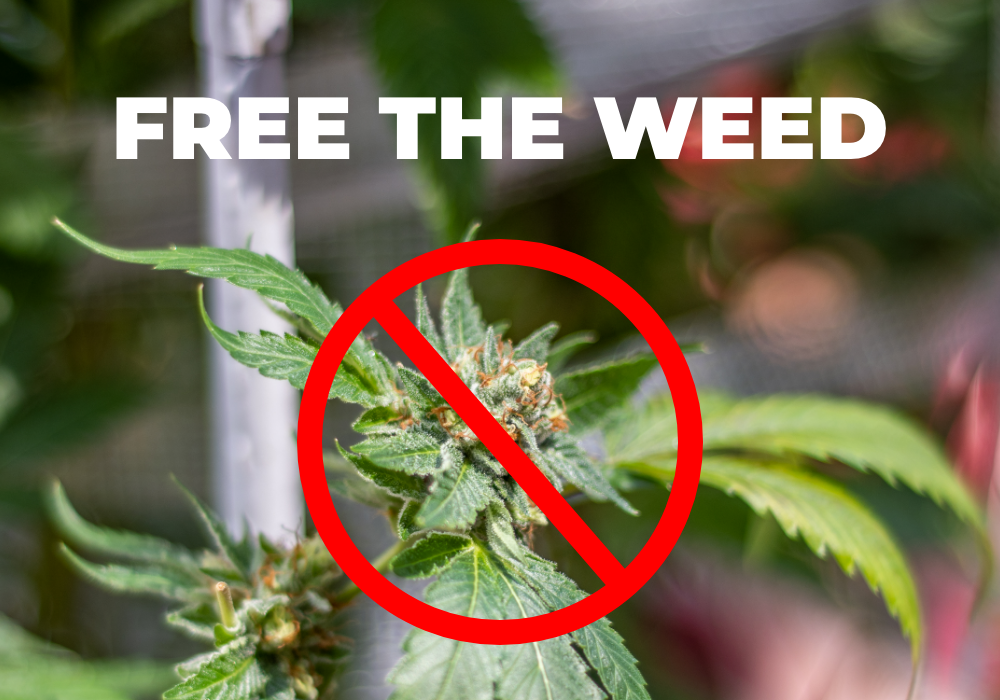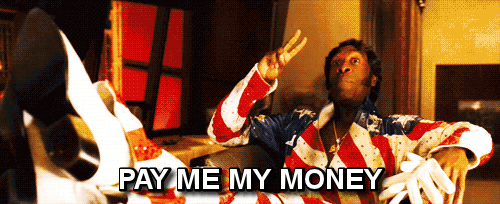A Day in the Life of a Cannabis Influencer

Everybody loves to shit on influencers. One reason — and I think it’s the main reason — is because it’s easy to. We’ve all felt that deep cringe when we open Instagram or TikTok and see a reel of an influencer reviewing a brand of supplements atop ancient ruins in Costa Rica. But not all influencers and content creators are this way. Many are artists trying to make a living using their creativity.
It’s also a lot harder than it looks. Sure, content creators may get to travel the world for free or tickets to Coachella or tons of free weed. But it also takes seven or eight hours to make a reel. It takes at least half a day to film, and hours of production coordination to ensure everything goes smoothly. It’s work. And not all content creators are treated equally in the algorithmic robot realm. Filming and cutting pristine content means nothing if it touches on topics the algo deems impermissible, like cannabis or psychedelics, for instance. Instead of the algorithm slingshotting a post across the entire platform—the way it does with posts about tea, yoga, make up, supplemetns, even alcohol—it will reprimand the creator by supressing their reach, removing the post and shadow banning them, or suspending their account and kicking them off the app.
“Your entire platform is always in danger,” says Lindsay MaHarry, a cannabis and medicinal plant content creator and writer. “Not just in danger of getting shutdown, which is obviously terrible—there are influencers in the space who have had their account taken down seventeen times in a year—but the amount of anxiety that hangs over your head when you’re trying to be creative is absurd.”
Each platform has has different triggers and thresholds for what it deems appropriate, though. For instance, Instagram’s algorithm is far more lenient than TikTok’s when it comes to cannabis. That’s not saying much, considering every day another weed-centric content creator is kicked off the app. Twitter, YouTube, LinkedIn, and Twitch are more weed-friendly, but those platforms aren’t centered around shortform video the way IG and TikTok are, ultimately requiring a different format.

“I think reels are policed the least on Instagram,” says Liz Udell, cannabis content creator and former social media maven for MedMen dispensaries. “I’ve gotten away with so much with reels, I’ve only had one taken down in over a year. So, I think that, yes, there is censorship, but if you leaned more into reels and influencing than you can have a better time on Instagram. But TikTok is hard, you have to really, really, really work and be creative to be compliant. YouTube, Instagram, Twitch are great for creating cannabis content, but it just depends on what platform you’re going to want to spend time on the most.”
Content creators hold profound value to the cannabis industry: They’re the main avenue for marketing and advertising. Cannabis businesses can’t advertise the way other brands can due to the plant’s illegality. Weed brands fully depend on influencers to get products on consumers’ radars. The cannabis industry quite literally needs content creators. Other (federally legal and well established) industries don’t rely on influencers for the same reasons, ultimately increasing the power of a weed influencer. But marketing and advertising for these brands puts them at risk of getting their profile (but really, their source of income) deleted.
“It’s so hard in cannabis because marketing is the thing that can get you into trouble,” says Roger Sterling, a content creator and model who goes by the Ganja Guru on Instagram. “It can take you off of Instagram, it can take away your ability to communicate with your community. It’s crazy to see people who post things that are more dangerous or more detrimental to life, and yet we get punished.”
Being an influencer is more than just a marketing job, however. It’s also a sales job: Brands pay influencers to market products. This is how influencers make a living. But anyone who’s worked in sales knows that working with brands (or clients in general) comes with a host of challenges. In the cannabis industry, most of these hurdles are created by an expanding debt bubble that’s millimeters away from bursting. Brands barely have money for marketing, but still need to build brand recognition. It leads some businesses to angle and manipulate influencers to create content for free, under the guise of getting “free product.” Most content creators—or anyone who works in cannabis, really—don’t need free weed. They have more weed than they know what to do with. They need money.
“Brands should be ashamed of themselves,” MaHarry says, who’s been creating content for the past three years. “I know everyone is hurting right now, but constantly tricking influencers into making free content for you is fucked up. So many of these brands will make it sound like [creating content for them] is a really great deal for you, and if you sell enough of their product they might give you money. It’s disgusting. People don’t realize that making content takes days sometimes, and so many content creators are working artists who are forced into making internet content because people refuse to pay artists.”

These niche content creators are more than just marketers and advertisers. They also fill a massive educational void between the cannabis industry and the public. Currently, the industry has misplaced the responsibility of consumer education on budtenders. It only makes sense theoretically for dispensary employees to educate shoppers. But the pace of capitalism demands most businesses to funnel people in and out at maximum speed to make the most revenue.
“Dispensaries are not set up to be consumer education centers,” Maharry says. “They’re set up to be businesses with the highest customer turnover as possible. To act like the budtender is supposed to be a beacon of knowledge for the consumers is antithetical to the way those businesses are set up to be run.”
Despite the inherent issues in being an independent creator and artist, the future of content creation is a blank canvas; it’s a choose-your-own-adventure career path that, at its best, is a vast field of opportunity. Established talent agencies are even opening divisions for influencers, ultimately carving out a new avenue for content creators in the mainstream. It’s exciting, but also a lot of work.
“People from different industries can come into cannabis and [expereince success],” says Udell. “But i also want to be realistic about the cannabis industry. It’s really hard and people have gone through some really tough times, as well. My message to people interested in being a cannabis infleucer is give it a go, but know it’s not for the faint of heart.”